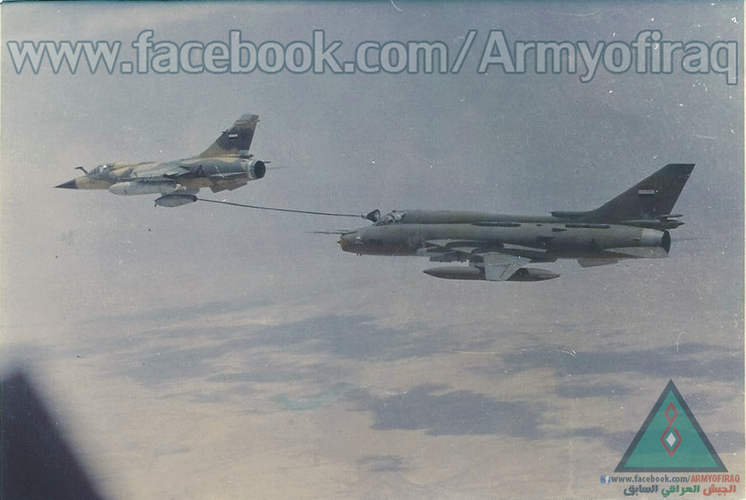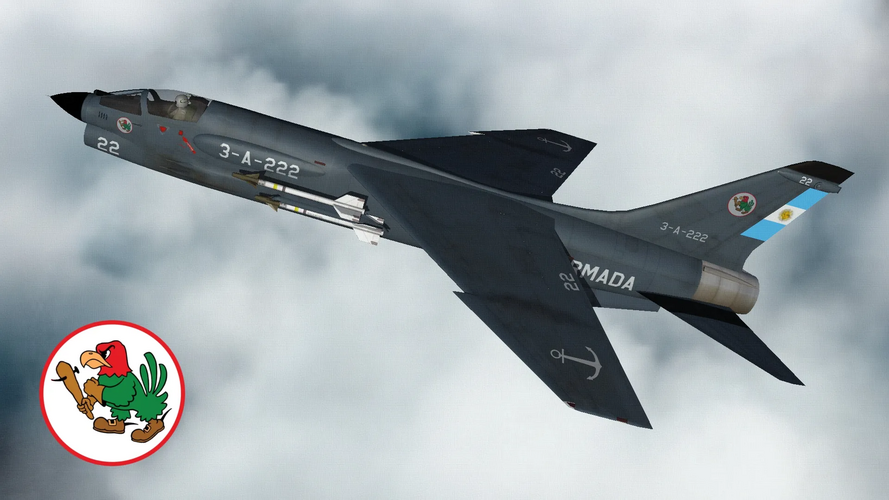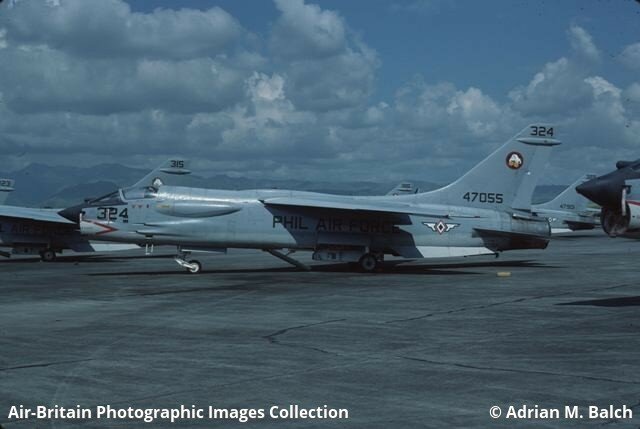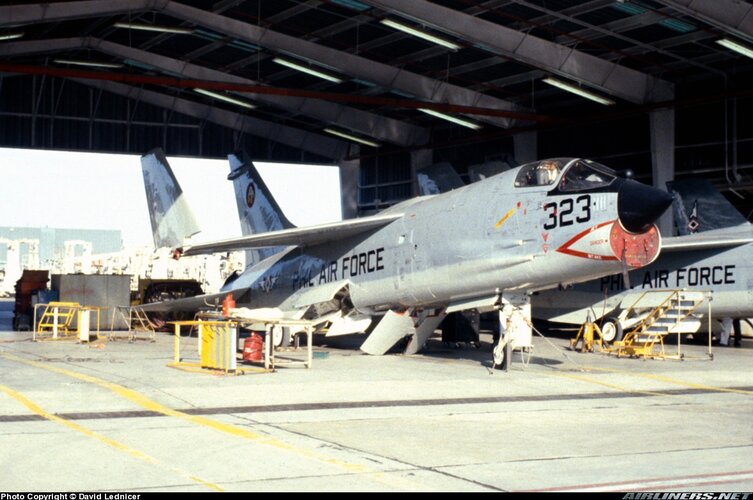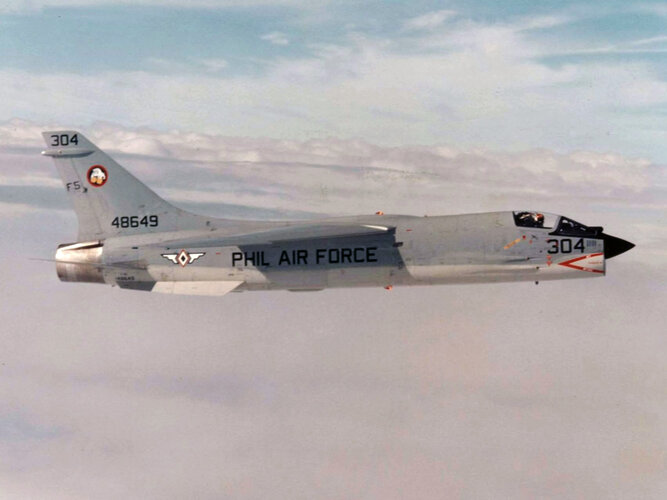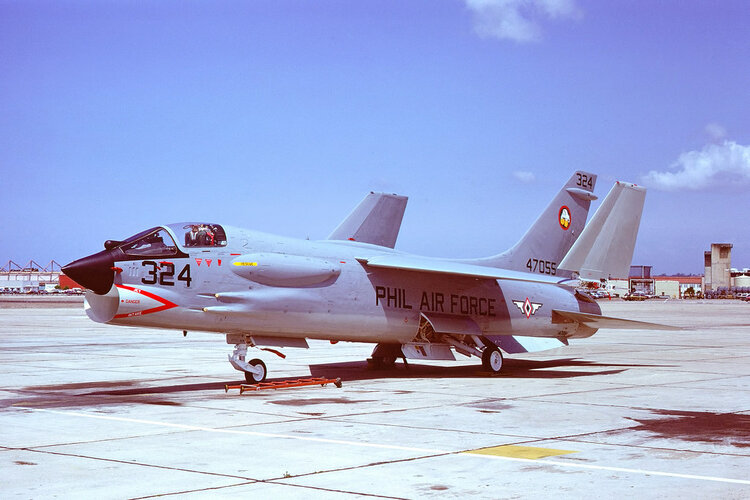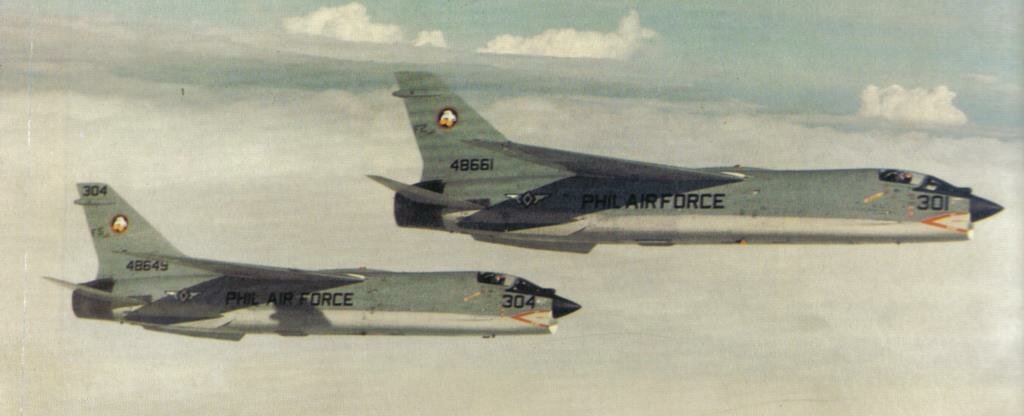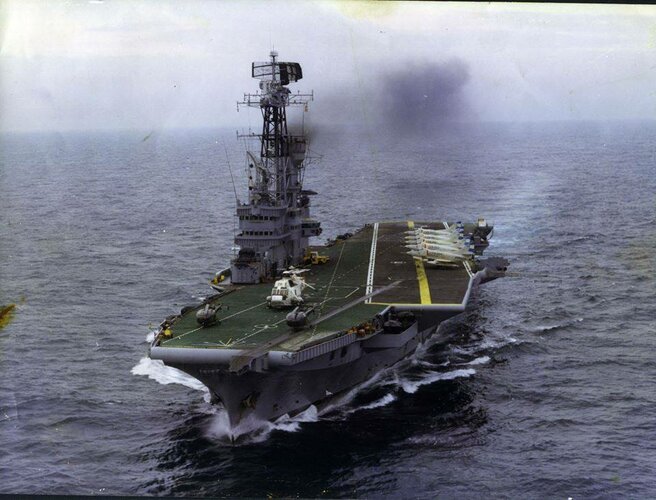Perhaps the statistics for the F-8 Crusader, a supersonic fighter designed by Vought in the late 1950s, provide a good illustration of the problem. The F-8 was always known as a difficult airplane to master. In all, 1,261 Crusaders were built. By the time it was withdrawn from the fleet, 1,106 had been involved in mishaps. Only a handful of them were lost to enemy fire in Vietnam.2 While the F-8 statistics might have been worse than those for most other models, they make the magnitude of the problem clear: whether from engine failure, pilot error, weather, or bad luck, the vast majority (88 percent!) of Crusaders ever built ended up as smoking holes in the ground, splashes in the water, or fireballs hurtling across a flight deck






